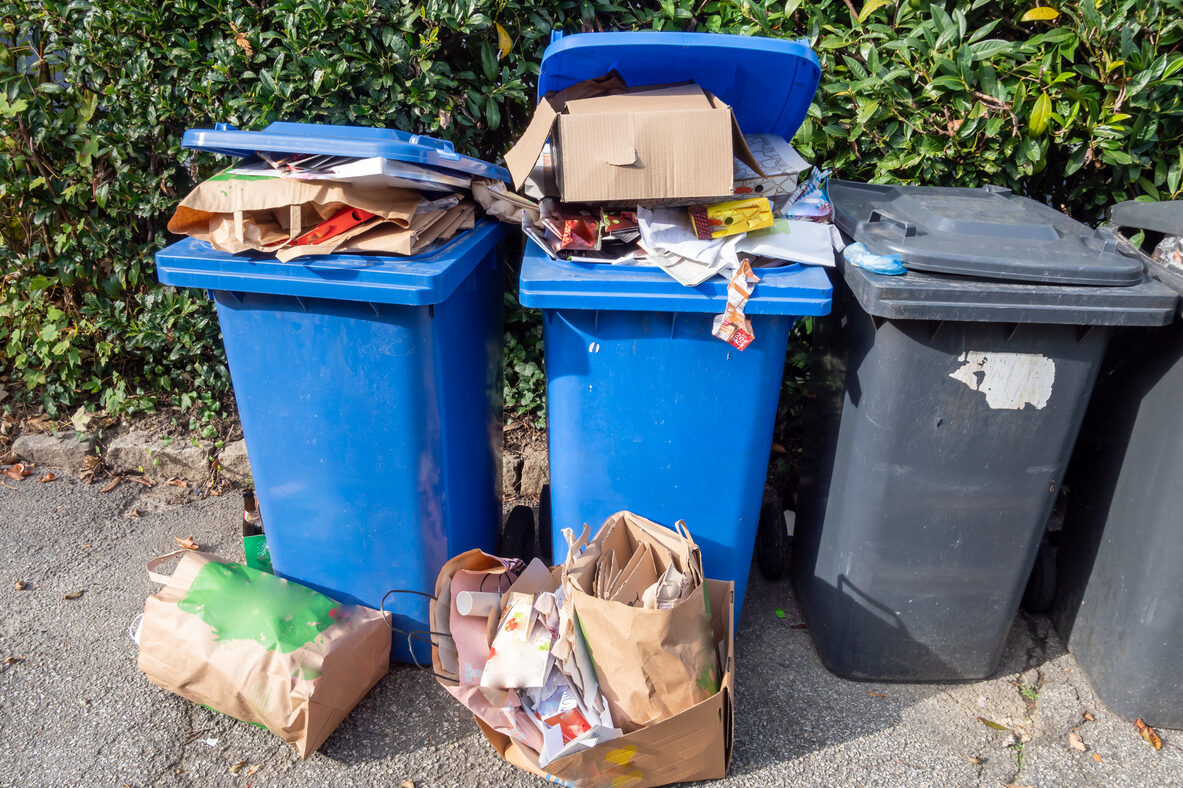
Let’s be honest—most of us toss our bottles and cans into the blue bin with a small sense of pride. Like, “Hey, I’m saving the planet one soda can at a time.” But what if that good deed isn’t doing what we think it is? The truth behind recycling is a lot messier than we’d like to admit, and once you see what really happens to all those recyclables, you might look at that blue bin a little differently. Let’s dig into what goes down after trash day—you may never see recycling the same way again.
The Illusion of Recycling
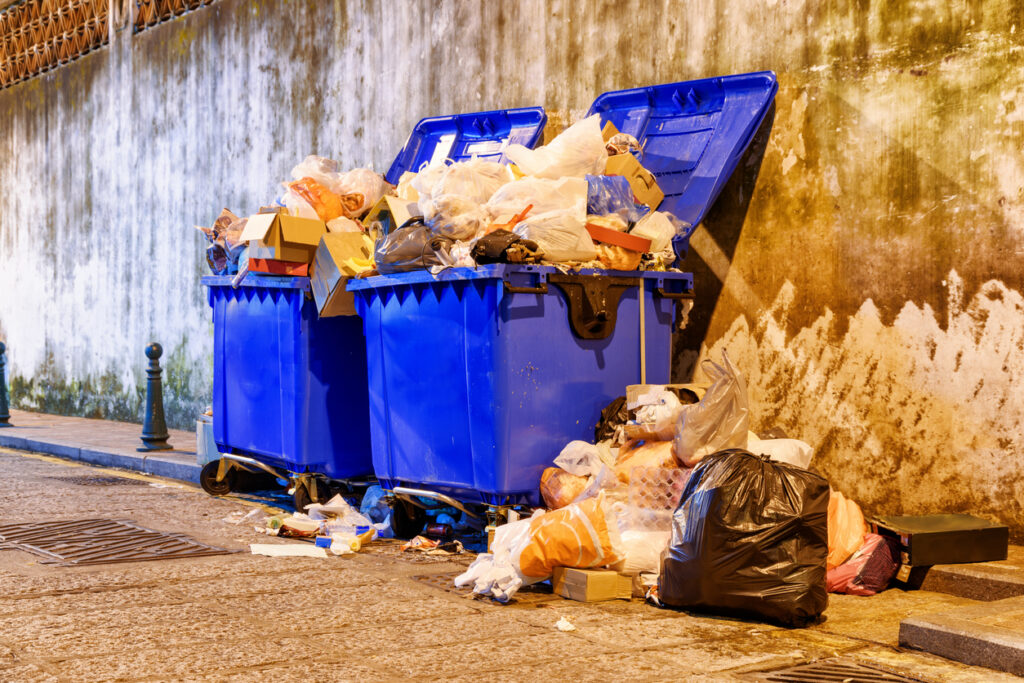
For years, we’ve been sold the idea that recycling is a neat little loop: we use, we sort, it gets remade, and voilà—earth saved. But the system isn’t that perfect. In reality, only a small fraction of our recyclables ever make it through the full process. A lot of what we throw into recycling bins ends up contaminated (think pizza grease on cardboard or unwashed peanut butter jars), which means it gets sent to the landfill anyway. The system relies heavily on consumers doing everything just right—and let’s face it, most people don’t. Even when sorted properly, there’s not always a buyer for certain types of plastic or materials, especially after countries like China stopped accepting our recyclables. So instead of being reborn as new products, they sit in warehouses, get incinerated, or shipped across the globe to become someone else’s environmental headache, says plasticpollutioncoalition.org.
From Your Bin to… Nowhere?
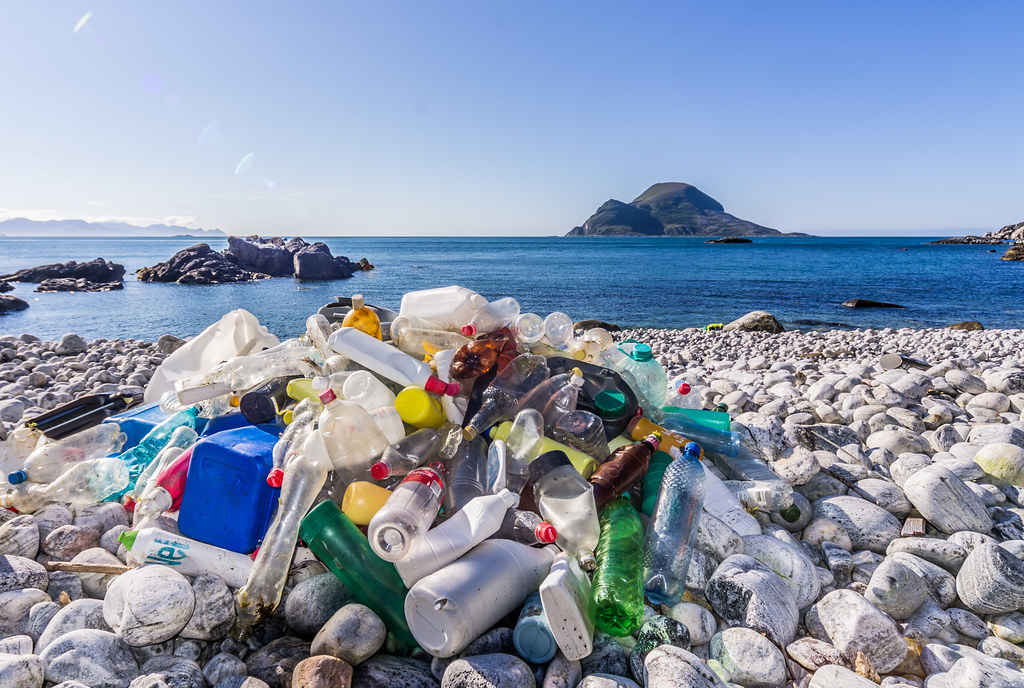
Plastic is the big villain in this story. Of all the materials we try to recycle, plastic is the least likely to be reborn into something useful. That triangle symbol with the number on the bottom? It doesn’t mean recyclable—it just tells you what type of plastic it is. And most municipalities only process #1 and #2 plastics. The rest? They might still go in the bin, but they’ll likely end up in landfills or be burned, releasing toxins into the air. Even when recycled, plastics degrade in quality, meaning they can only go through the process once or twice before becoming trash anyway. Environmental analysts have shown that the dream of a circular plastic economy is still far from reality. The truth is, unless major changes happen in how we produce and handle plastic, it’s just not the superhero we’ve been told it is, says thesustainableagency.com
How Poorer Countries Became the Recycling Backdoor

When wealthier nations couldn’t handle the sheer volume of their waste, especially plastics, they started shipping them overseas. For years, China was the go-to destination—until 2018, when it banned most foreign waste through its “National Sword” policy. What followed was a scramble. The U.S., UK, and other countries rerouted their recycling streams to places like Malaysia, Vietnam, and the Philippines. The problem? These countries weren’t equipped to deal with the influx. Tons of waste have ended up dumped in open fields, burned in the open air, or even illegally buried. Communities near these sites report health issues, water contamination, and loss of livelihood. It’s a brutal twist—our “green” habits contributing to environmental injustice abroad. Experts in waste management and environmental justice have pointed to this as one of the clearest signs that the recycling system is broken, built more to make us feel better than to actually fix the problem says greenmatch.co.uk.
The Feel-Good Habit That Makes Things Worse
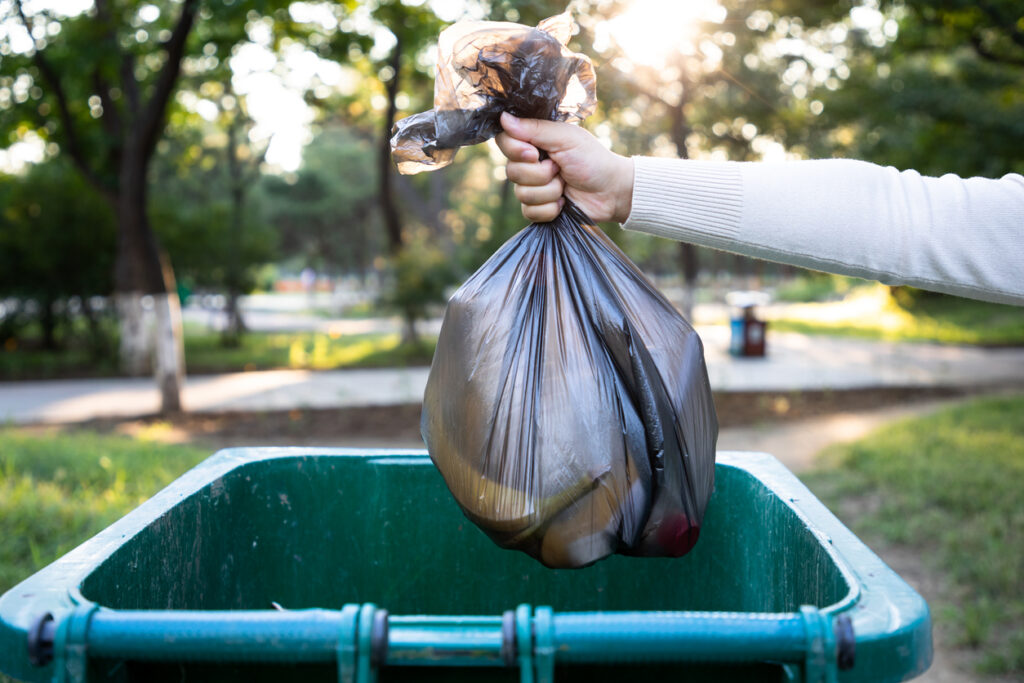
Let’s talk about “wishcycling”—it’s when people throw things into the recycling bin hoping they’ll be recycled, even if they’re not sure they should. That greasy pizza box, that plastic bag, that takeout container with food still in it—all classic wishcycling material. The intention is good, but the result can be disastrous. A single contaminated item can ruin an entire batch of recyclables, meaning the whole thing might get trashed. This happens way more often than recycling companies admit. People don’t get clear information about what’s actually recyclable in their area (since rules vary wildly), and that confusion fuels the problem. Waste experts say education and standardized labeling are crucial, but so far, efforts are patchy at best. So while you may think you’re helping, that well-meaning toss might actually be sending more stuff to the landfill. Read more at earth.org/recycling-myths.
When Trash Isn’t Worth the Trouble
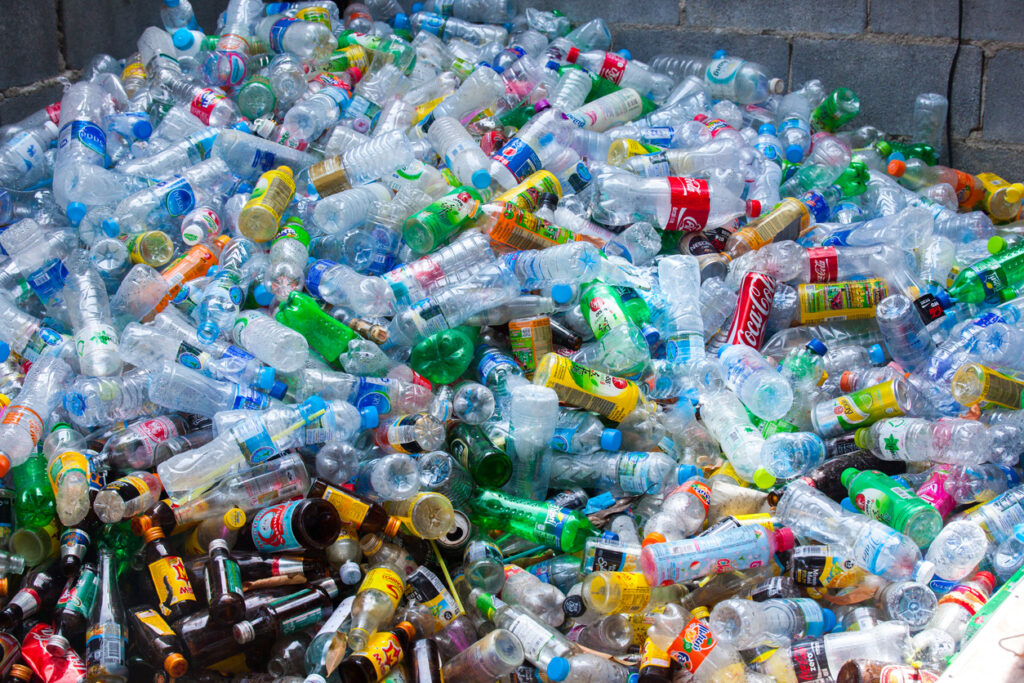
Behind every recycling bin is a business. And like any business, recycling only works when it’s profitable. The truth is, sorting, cleaning, and processing recyclables costs money—sometimes more than it’s worth. When global demand for materials like plastic and mixed paper drops, recycling centers either shut down or start being selective about what they’ll take. Many local programs have quietly stopped collecting certain materials or increased fees, especially after China’s ban sent market prices plummeting. This shift has exposed a harsh reality: recycling isn’t a guaranteed service, it’s a market-driven industry. And when that market falters, so does the system. That means what gets recycled often comes down to economics, not environmental responsibility. It’s a frustrating disconnect for people who genuinely want to make a difference, only to learn that what they recycle might not be “valuable enough” to save, says the plasticpollutioncoalition.org.
Greenwashing and the Recycling Myth We’ve Been Sold
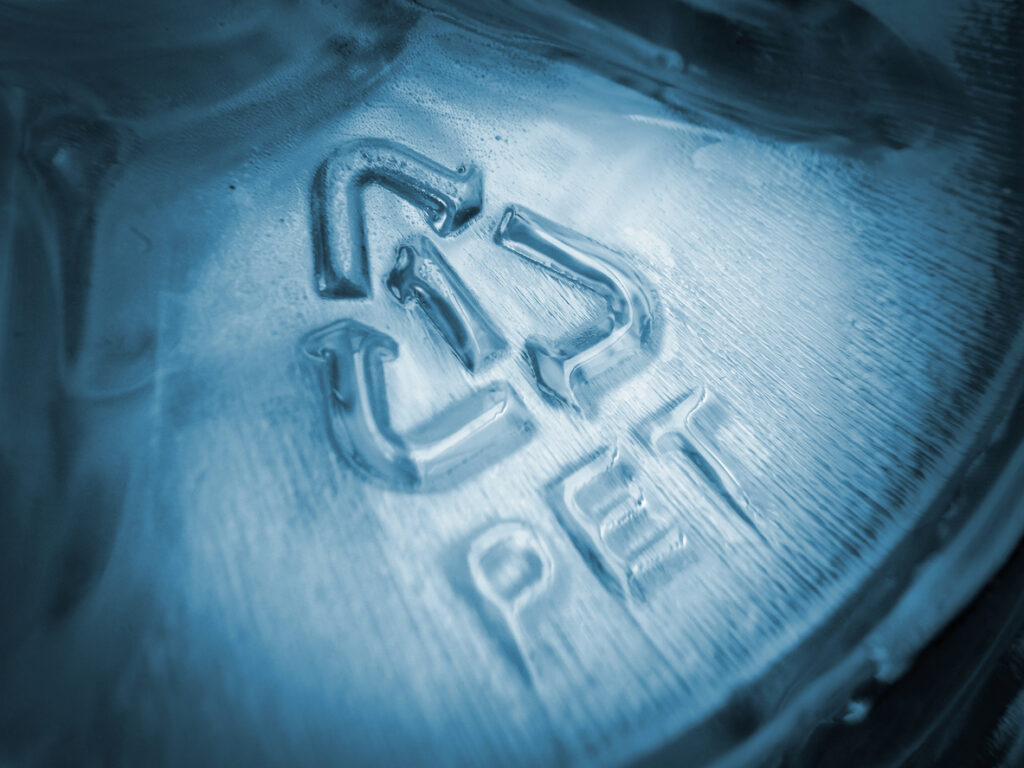
Let’s call out the elephant in the room: corporations have leaned hard into the recycling narrative—not because they’re saving the planet, but because it lets them keep producing waste while shifting responsibility to consumers. This is classic greenwashing. Big brands slap a recyclable label on their products, regardless of whether local recycling centers can process them, and call it a day. It’s a feel-good illusion that keeps us buying more plastic-wrapped everything. Meanwhile, the flood of single-use packaging continues to grow. Industry insiders have acknowledged that recycling has been used as a smokescreen, a way to delay real environmental regulation and systemic change. While you’re rinsing out yogurt cups and feeling eco-conscious, the companies creating the waste face little pressure to reduce it. That’s not just misleading—it’s manipulative. And people are starting to wake up to the fact that personal responsibility isn’t enough to fix a system designed to fail.
When “Eco-Friendly” Still Ends Up in the Trash

You’ve probably seen those trendy compostable cups or “biodegradable” takeout containers. They look better than plastic, but here’s the catch: most of them only break down in industrial composting facilities—which many cities don’t even have. Toss them in your backyard compost pile or the regular trash, and they’re just as problematic as the stuff they’re meant to replace. Worse, people often throw them in the recycling bin, thinking they’re helping, which contaminates the entire stream. It’s another case of good intentions gone wrong, fueled by unclear labeling and marketing hype. Experts in sustainable packaging argue that these products are more about optics than real impact unless they’re backed by infrastructure and education. So while they might feel like a smarter choice, they often end up in the same place as their plastic counterparts: the landfill.


